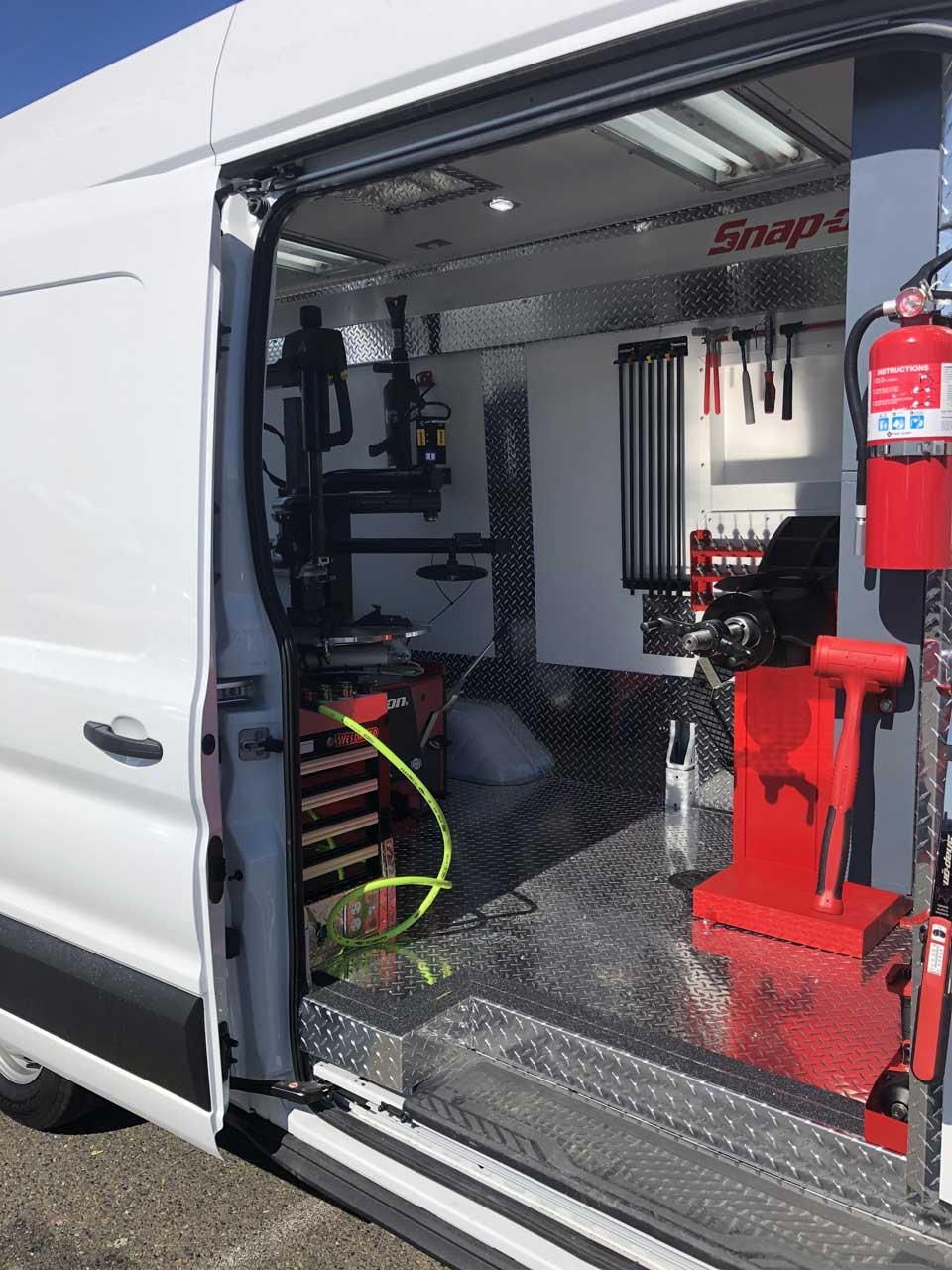Tire Solution: Proven Methods for Optimal Tire Maintenance and Care
Preserving ideal tire problem is extremely important for both safety and security and efficiency of any vehicle. From making certain proper tire stress to regular turning and positioning, there are tried and tested approaches that can considerably prolong the lifespan of your tires and boost general driving experience. As we check out the ins and outs of tire treatment and maintenance, we will reveal vital standards that every car owner must abide by for the ideal possible outcomes. Allow's look into the world of tire solution and discover the tricks to maintaining your tires in first-class form for the long run.
Value of Tire Stress
Appropriate tire pressure advertises far better fuel performance, as under-inflated tires can lead to enhanced rolling resistance, causing the engine to function harder and consume more fuel. Correct tire pressure makes sure even walk wear, enhancing tire long life and conserving money in the lengthy run by delaying the demand for early replacements. On a regular basis adjusting and examining tire stress, particularly previously long trips, is a straightforward yet effective way to improve automobile performance, extend tire life expectancy, and focus on safety on the roadway.
Tire Turning Standards
When taking into consideration tire turning standards, it is necessary to comprehend the importance of this maintenance task in taking full advantage of tire life-span and keeping optimum automobile performance. Tire turning involves changing the position of each tire on a lorry to make certain even step wear. Front tires often tend to use faster than back tires because of guiding pressures, making routine turning important for well balanced wear patterns. The advised turning pattern varies relying on whether an automobile is front-wheel, rear-wheel, all-wheel, or four-wheel drive. Commonly, tires must be revolved every 5,000 to 7,500 miles, or as encouraged in the car handbook. Disregarding tire rotation can cause uneven wear, impacting handling, grip, and potentially compromising vehicle security. By adhering to proper turning guidelines, vehicle drivers can prolong the life of their tires, improve fuel performance, and enhance general driving experience. Routine rotation is a basic yet effective maintenance technique that adds significantly to tire durability and vehicle performance.

Advantages of Wheel Positioning
Making sure appropriate wheel positioning after tire turning is crucial for maintaining balanced wear patterns and optimizing vehicle efficiency. Wheel placement refers to the modification of the angles of the wheels to the manufacturer's specs. Among the vital advantages of wheel alignment is improved handling and guiding response. When reference the wheels are correctly straightened, it lowers guiding initiative, making certain a smoother and much more regulated driving experience. Additionally, correct wheel placement aids to expand the life-span of your tires. Misaligned wheels can cause uneven tire wear, leading to premature tire replacement and boosted upkeep costs.

Tire Tread Depth Inspect
Executing a normal inspection of tire step depth is important for keeping risk-free driving conditions and prolonging the life-span of your tires. Unequal tread wear can indicate problems with tire stress, suspension, or alignment, highlighting the importance of routine walk deepness checks. By integrating tire step depth checks right into your regular maintenance routine, you can drive with self-confidence understanding that your tires are in leading condition.
Seasonal Tire Examination
Seasonal tire inspection is a fundamental element of tire maintenance that ensures tires are all set to encounter the difficulties positioned by different weather conditions. In prep work for winter season, it is important to check the tire stress regularly as cold temperature levels can trigger tire pressure to go down. By carrying out routine seasonal tire evaluations, chauffeurs can lengthen tire life expectancy, boost gas effectiveness, and most notably, make certain a safe driving experience in varying climate conditions.
Verdict
In final thought, preserving appropriate tire pressure, turning tires routinely, lining up wheels appropriately, keeping track of tread depth, and performing seasonal evaluations are essential methods for optimum tire treatment. By following these verified methods, chauffeurs can guarantee their tires last longer, do better, and contribute to total vehicle safety. It is very important to prioritize tire maintenance to stop mishaps, boost gas efficiency, and extend the life expectancy of tires.
Sufficient tire pressure advertises better fuel effectiveness, as under-inflated tires can lead to increased rolling resistance, creating the engine to function tougher and consume more fuel.When thinking about tire turning guidelines, it is essential to understand the value of this upkeep why not look here job in making the most of tire life expectancy and maintaining optimum vehicle performance. Seasonal tire evaluation is a fundamental aspect of tire maintenance that guarantees tires are prepared to face the challenges posed by different weather conditions. By conducting regular seasonal tire evaluations, chauffeurs can extend tire life expectancy, boost gas effectiveness, and most importantly, make sure a safe and secure driving experience in differing weather condition conditions.
In final thought, maintaining proper tire pressure, turning tires regularly, straightening wheels properly, keeping more tips here an eye on walk depth, and performing seasonal evaluations are important practices for optimum tire treatment.
 Scott Baio Then & Now!
Scott Baio Then & Now! Tony Danza Then & Now!
Tony Danza Then & Now! Monica Lewinsky Then & Now!
Monica Lewinsky Then & Now! McKayla Maroney Then & Now!
McKayla Maroney Then & Now! Stephen Hawking Then & Now!
Stephen Hawking Then & Now!